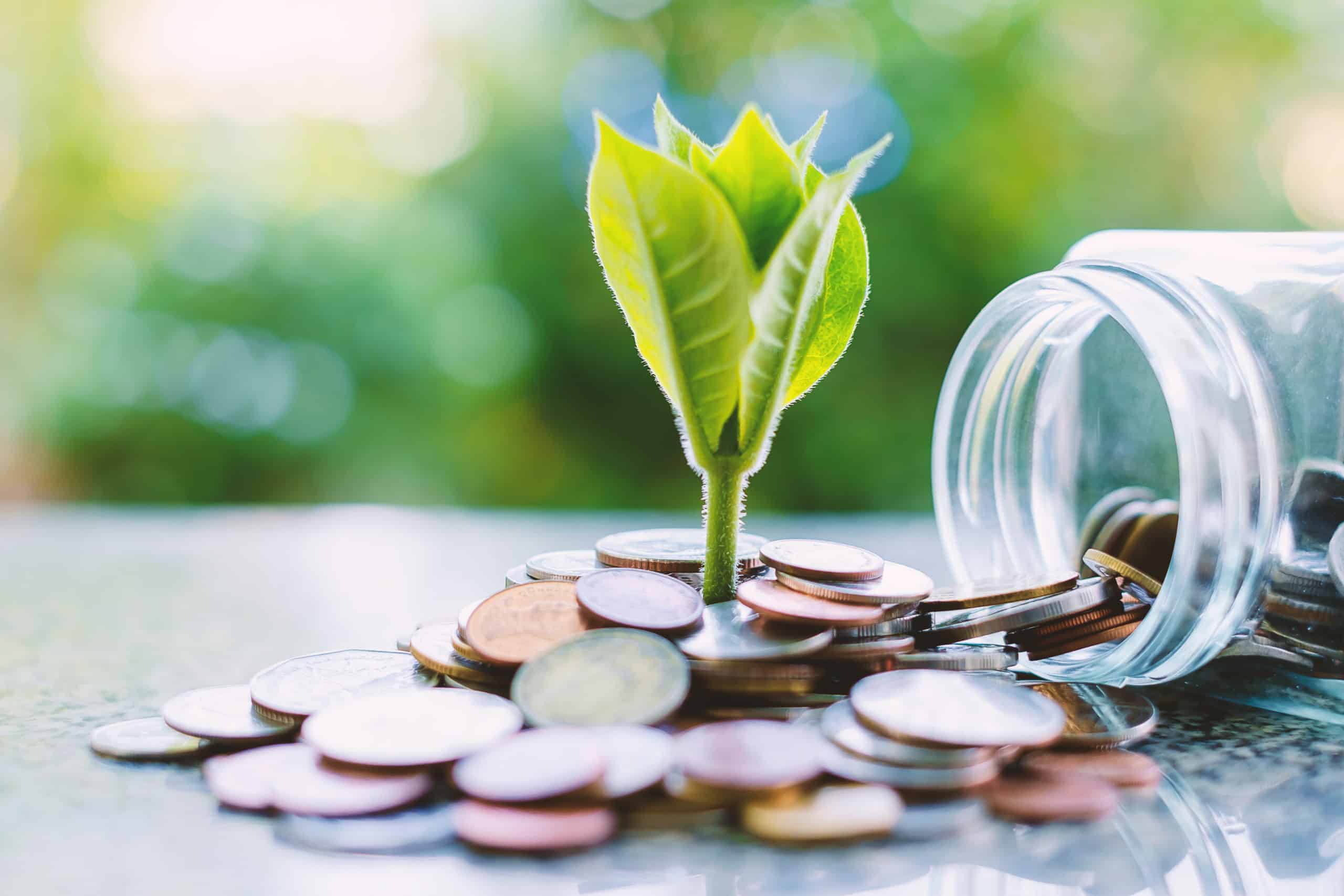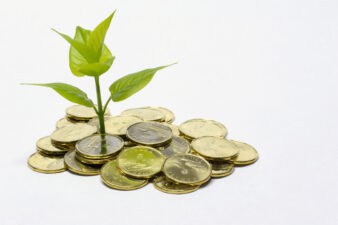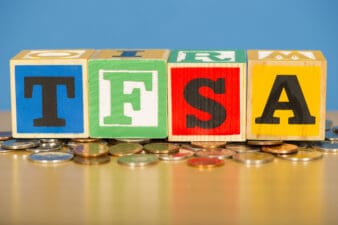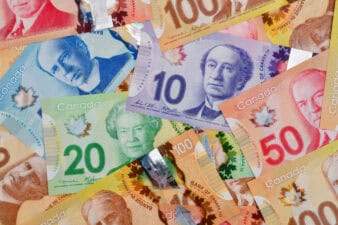Here are some investing tidbits about Coca-Cola (NYSE:KO) that most people already know: it’s a dividend king with an impressive 62 consecutive years of dividend increases. KO’s 11 stock splits have turned 1 share from 1919 into 9,216 by 2012. And let’s not forget its robust 22.45% profit margin, fueled by the “Coca-Cola System,” which sells syrup to bottlers holding exclusive territories.
I’m not here to rehash all that – it’s been analyzed to death. Instead, today I’ll leave you with one simple valuation metric you can use to determine whether Coca-Cola stock is trading at a fair value. Don’t use it as your sole basis for buying or selling, but think of it as a signal to decide whether it’s worth digging deeper.
How to make the forward P/E ratio useful again
You’re probably familiar with the forward price-to-earnings (P/E) ratio – it’s a simple metric that shows how much you’re paying for every dollar of projected earnings over the next year. For example, Coca-Cola’s forward P/E ratio is currently 21.2. This means that, all else being equal, investors are willing to pay $21.23 for every $1 of earnings the company is expected to generate.
But don’t stop there. By taking the inverse of the forward P/E ratio, you arrive at the earnings yield, which shows how much return you’re getting for every dollar invested. For Coca-Cola, the earnings yield right now is 4.7%. In simple terms, this indicates that for every $100 you invest in the stock, the company is projected to generate $4.70 in earnings over the next year.
How can you use this? Compare it to the latest 10-year U.S. Treasury yield, currently sitting at 4.2%. Right now, Coca-Cola’s earnings yield is higher, which suggests the stock could offer better returns than a risk-free Treasury bond. This isn’t a guarantee that the stock is undervalued, but it’s a strong signal that warrants further investigation into whether Coca-Cola could be a good buy.
How to invest in Coca-Cola
A straightforward way to invest in Coca-Cola is by converting Canadian dollars (CAD) to U.S. dollars (USD) in a Registered Retirement Savings Plan (RRSP). An RRSP is a tax-advantaged account in Canada where you can grow your investments tax-deferred until withdrawal.
Holding Coca-Cola shares directly in your RRSP means you won’t lose 15% of your dividends to foreign withholding tax. Interactive Brokers offers a cost-effective currency conversion option, and if you earn in USD like I do, you can deposit it directly into your RRSP, avoiding currency conversion entirely.
What if you prefer a Tax-Free Savings Account (TFSA) or don’t have access to a broker with cheap currency conversion? You can invest in Coca-Cola through a Canadian Depositary Receipt (CDR). CDRs allow you to own fractional shares of foreign companies like Coca-Cola in CAD.
While the Coca-Cola CDR (NEOE:COLA) charges up to a 0.5% annual currency hedging fee and still incurs a 15% dividend withholding tax, it can still be a better option than paying a 1.5% FX fee on a direct purchase.









